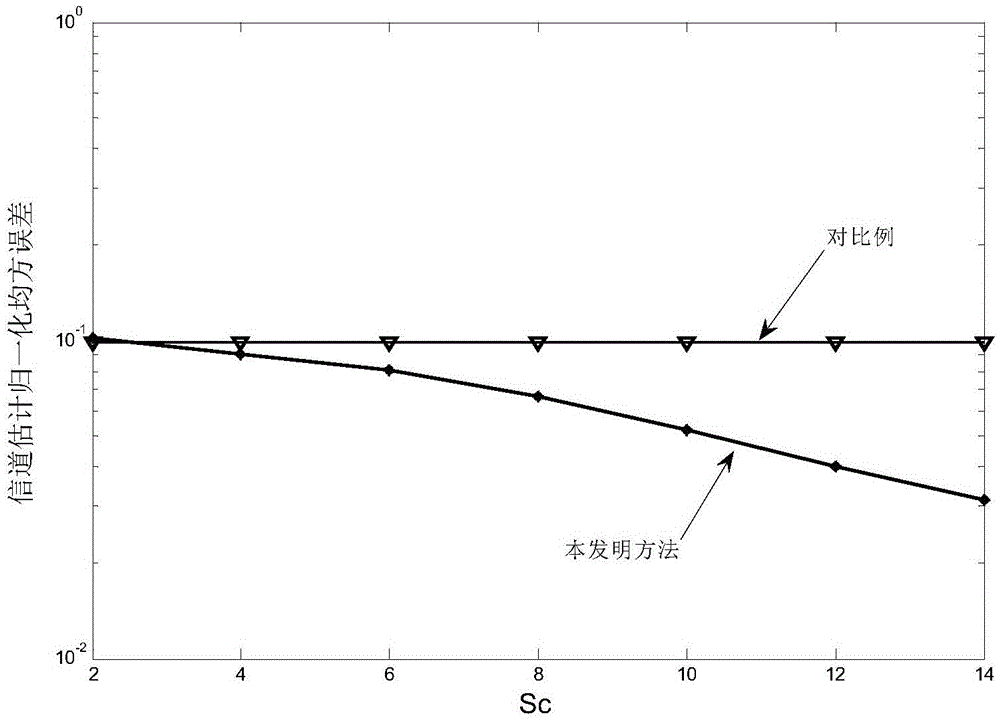Self-adaptive channel estimation method based on compressed sensing and large-scale MIMO
An adaptive channel and compressed sensing technology, applied in channel estimation, baseband system, baseband system components, etc., to achieve the effect of narrowing the search range
- Summary
- Abstract
- Description
- Claims
- Application Information
AI Technical Summary
Problems solved by technology
Method used
Image
Examples
Embodiment Construction
[0039] In order to make the purpose, technical solution and advantages of the present invention clearer, the present invention will be further described in detail below in conjunction with the implementation methods and accompanying drawings.
[0040] The channel estimation method of the present invention is used in the MIMO system that both the base station and the mobile terminal are uniform linear arrays, the number of antennas at the base station is M, and the number of antennas at the mobile terminal is N, and N is less than M (the specific value of N depends on The applicable scenario only needs to ensure that there is a received signal within each divided angle range) In this specific implementation manner, M=200, N=2 is taken as an example for description.
[0041] Set to receive signal Wherein the pilot Θ is composed of 200 (1,-1) pilot sequences of length T=53, the signal-to-noise ratio P=15dB, and the elements in the noise W are randomly generated independent and i...
PUM
 Login to View More
Login to View More Abstract
Description
Claims
Application Information
 Login to View More
Login to View More - R&D
- Intellectual Property
- Life Sciences
- Materials
- Tech Scout
- Unparalleled Data Quality
- Higher Quality Content
- 60% Fewer Hallucinations
Browse by: Latest US Patents, China's latest patents, Technical Efficacy Thesaurus, Application Domain, Technology Topic, Popular Technical Reports.
© 2025 PatSnap. All rights reserved.Legal|Privacy policy|Modern Slavery Act Transparency Statement|Sitemap|About US| Contact US: help@patsnap.com



